How to make dinner rolls with discard starter
Transforming your Thanksgiving breadbasket
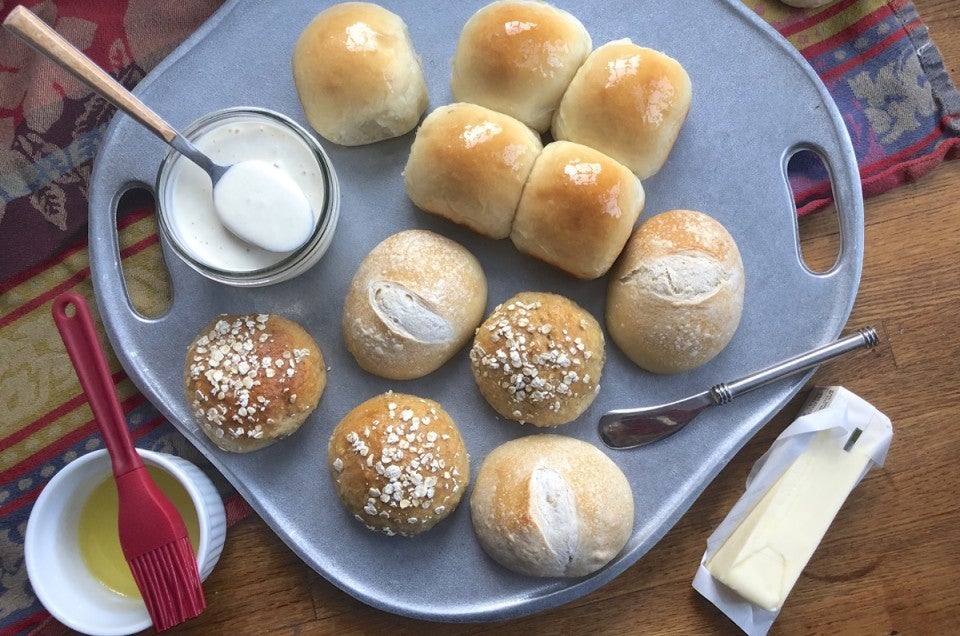

 Love sourdough, but looking for a bit more flexibility and ease when you bake with a starter? In The Casual Sourdough Baker, PJ shows you just how wonderfully stress-free sourdough baking can be, from simple but richly flavored loaves to countless easy ways to use your discard. If you're just beginning your journey, our Sourdough Baking Guide lays out the basics you need for success — whether you decide to become serious or go casual!
Love sourdough, but looking for a bit more flexibility and ease when you bake with a starter? In The Casual Sourdough Baker, PJ shows you just how wonderfully stress-free sourdough baking can be, from simple but richly flavored loaves to countless easy ways to use your discard. If you're just beginning your journey, our Sourdough Baking Guide lays out the basics you need for success — whether you decide to become serious or go casual!
* * *
Thanksgiving means many things to many people in this diverse country of ours, but one thing is universally true: for bakers, it’s time to show off your chops with pie, dinner rolls, or whatever your family demands in the way of flour-centric family traditions.
Usually, most of us would be looking forward to gathering extended family and friends around the table for a feast. Not this year. With group celebrations pretty much off-limits, we’re all considering how best to “celebrate” — and what that means for our normal baking routine.
Honestly? I’m going to bake pies and rolls as usual, but with a couple of tweaks.
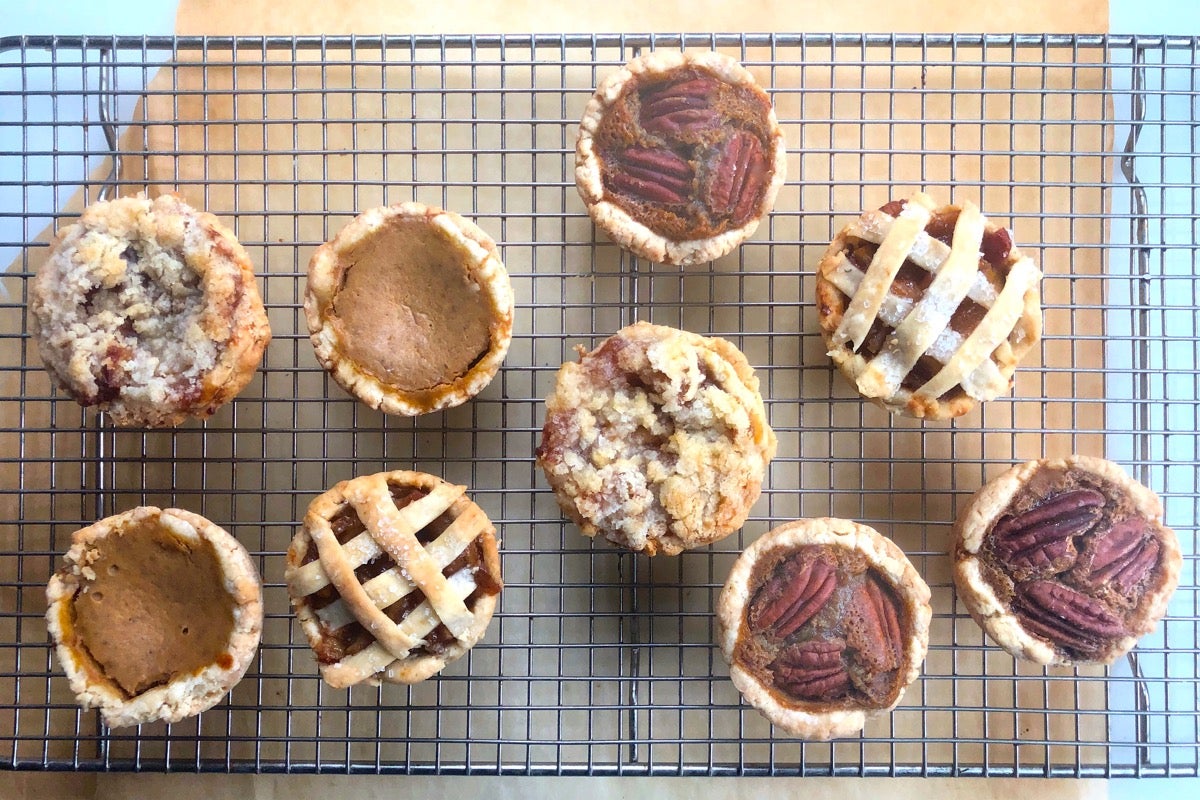
First, my pies will definitely be downsized; not the variety, but the actual size. I plan on making apple, pecan, and pumpkin mini pies and hand-delivering them to family members within driving distance for their own small celebrations. If smaller pies sound like a welcome addition to your Thanksgiving plans as well, here's how to downsize your pies.
Second, I’ll bake my usual assortment of dinner rolls, but with a tangy twist: a dollop of unfed sourdough starter (i.e. discard) added to each batch.
Why sourdough? Because, devoted sourdough mom that I am, I try to feed my starter every week. And when I feed it, I have discard — which (contrary to its name) I refuse to discard, instead adding it to everything from cake to biscuits to pie crust to, yes, dinner rolls.
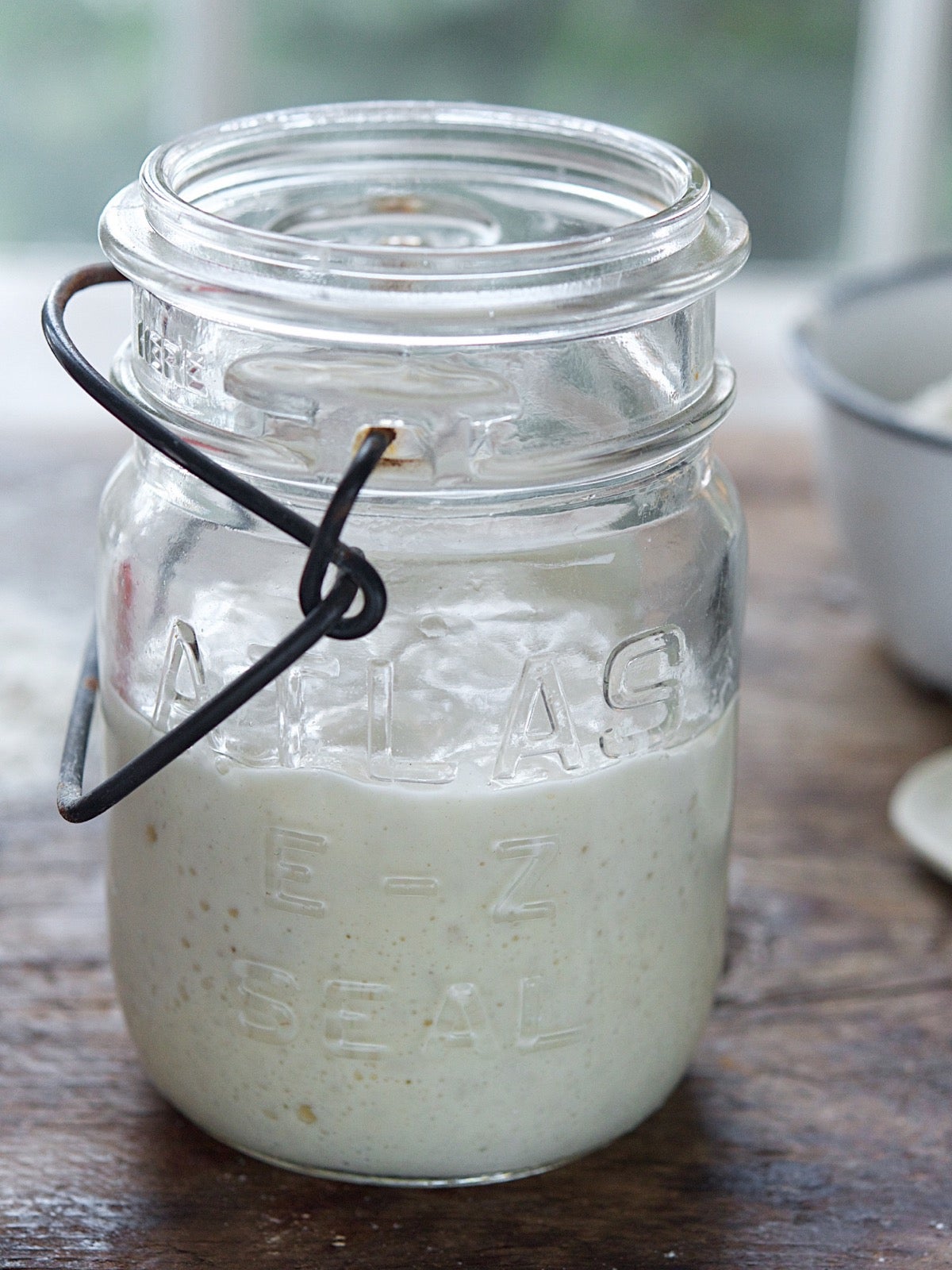
But I’m not just stirring that discard starter into my roll recipes to avoid the waste of throwing it away. This year, as we all struggle with loneliness to some degree, I want to add an extra dose of love and care (along with the yeast and butter) to my Thanksgiving rolls. And what better way than to slip in some of the venerable starter I’ve grown from scratch and kept alive, through thick and thin, for decades?
Don’t let this strange year get you down. Thanksgiving is still a time to connect — whether virtually, or dropping off goodies at the mailbox. (Which is what I’ll be doing next Thursday: drive-by pies and buns on the run for family within driving distance.)
Even though we can’t be together this year, the comfort of warm apple pie and homemade dinner rolls reminds us that nothing lasts forever, and brighter days are surely ahead. Here’s to 2021!
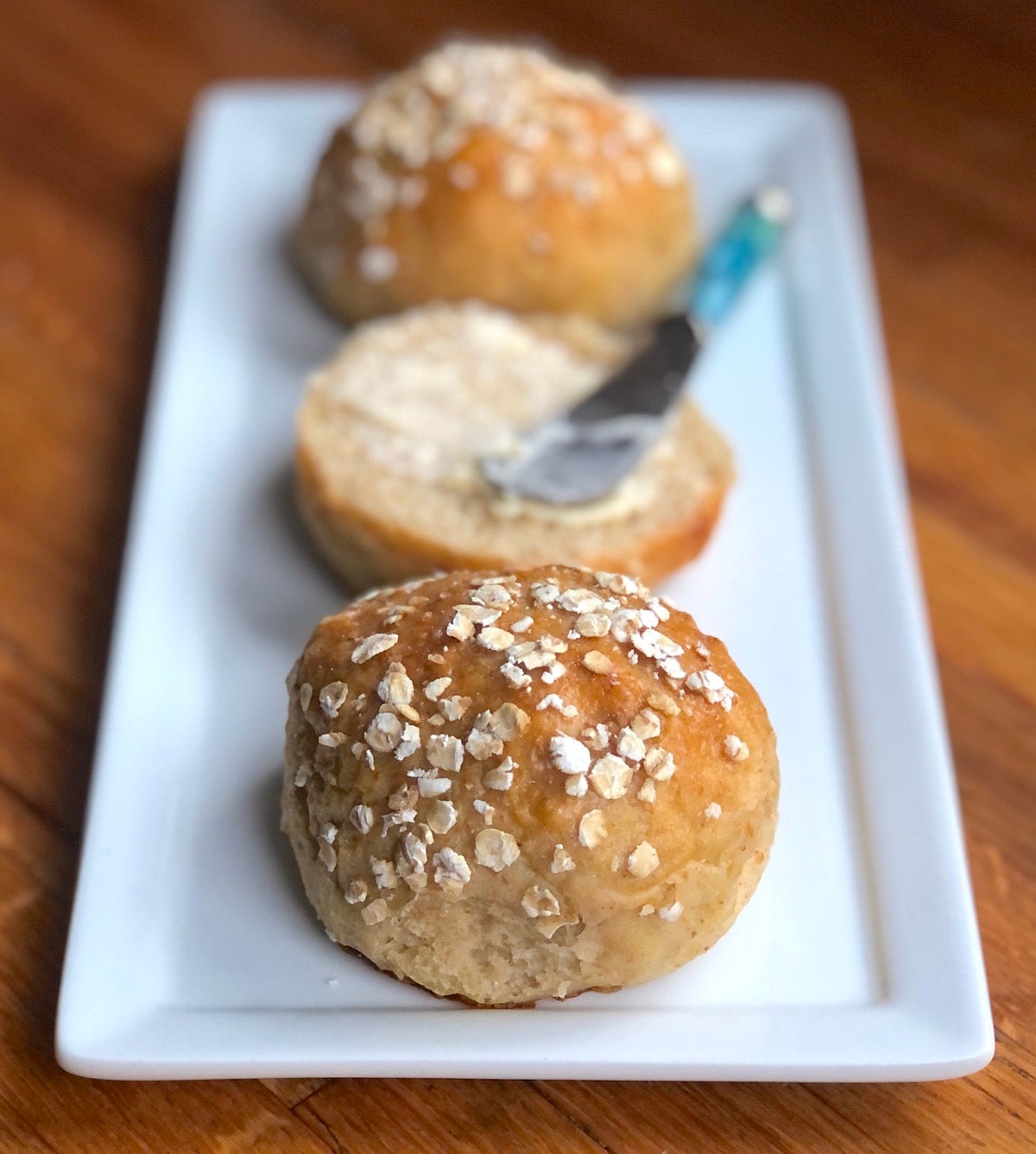
Besides perhaps acting as a symbolic gesture, adding discard starter infuses your favorite dinner roll recipes with the flavor of sourdough — ranging from just a touch of tang to WOW, depending on how much starter you substitute.
Not only that: sourdough extends your rolls' shelf life (by slowing down starch retrogradation; and no, this won't be on the quiz!). More flavor ... better shelf life ... win-win!
Making the substitution is actually quite simple.
Sourdough starter is equal parts (by weight, not volume) flour and water. To use discard starter in a yeast roll recipe, substitute it for an equal amount of the recipe's flour and liquid (water, milk, etc.).
Example: Substitute 1 cup (227g) discard starter for 1 scant cup (113g) of the recipe’s flour and 1/2 cup (113g) of its liquid.
I know, 113 + 113 doesn't quite equal 227: no worries. Casual sourdough bakers don't sweat that single gram.
Notice we’re substituting, not simply adding: When discard starter goes in — an equivalent amount of flour and water must come out in order to preserve the recipe’s balance of ingredients.
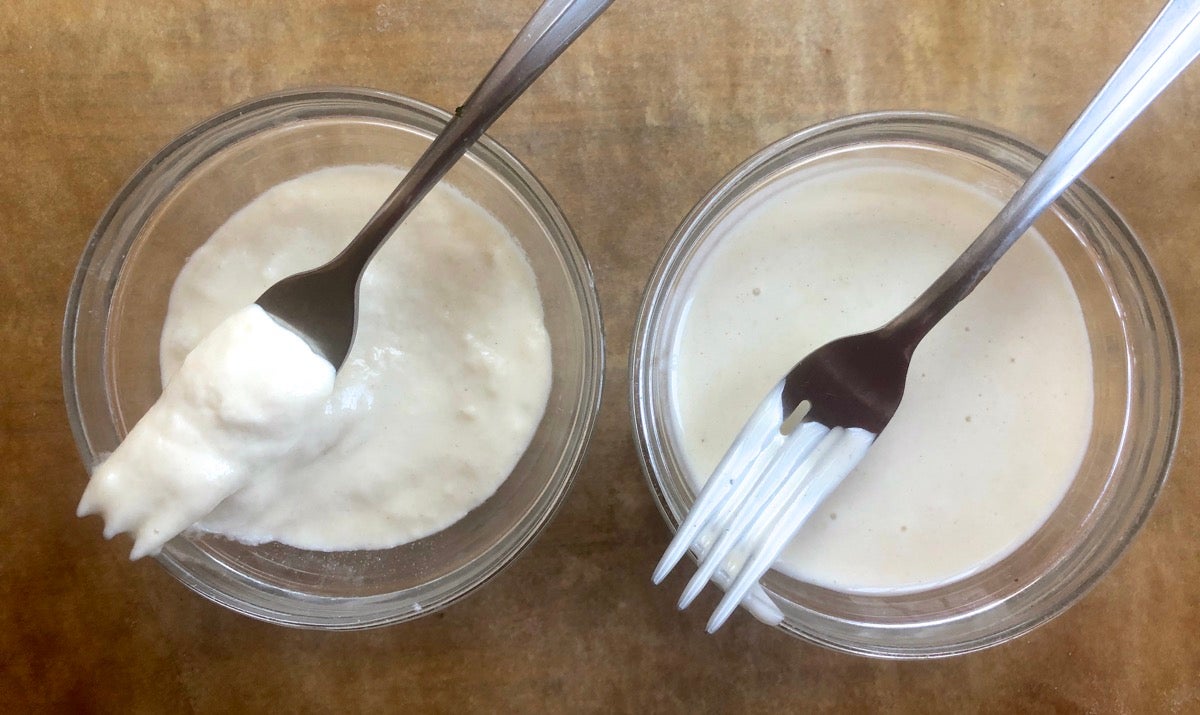
Before you try this at home with your own favorite dinner roll recipes, here are a few considerations:
I typically bake three different roll recipes for Thanksgiving, in order to accommodate everyone’s preferences: Golden Pull-Apart Butter Buns for fans of the traditional soft and squishy white dinner roll; Crusty European-Style Hard Rolls for the “artisan” crowd; and Whole Grain Dinner Rolls for — well, you know who you are. Let’s see how discard starter works in each of these.
These quintessential 1950s-style soft white dinner rolls are by far my most popular contribution to any family occasion, and Thanksgiving is no exception. The rolls are mildly sweet; in order to preserve that gentle flavor, I decide to substitute discard starter for only about 30% (combined weight) of the flour and water.
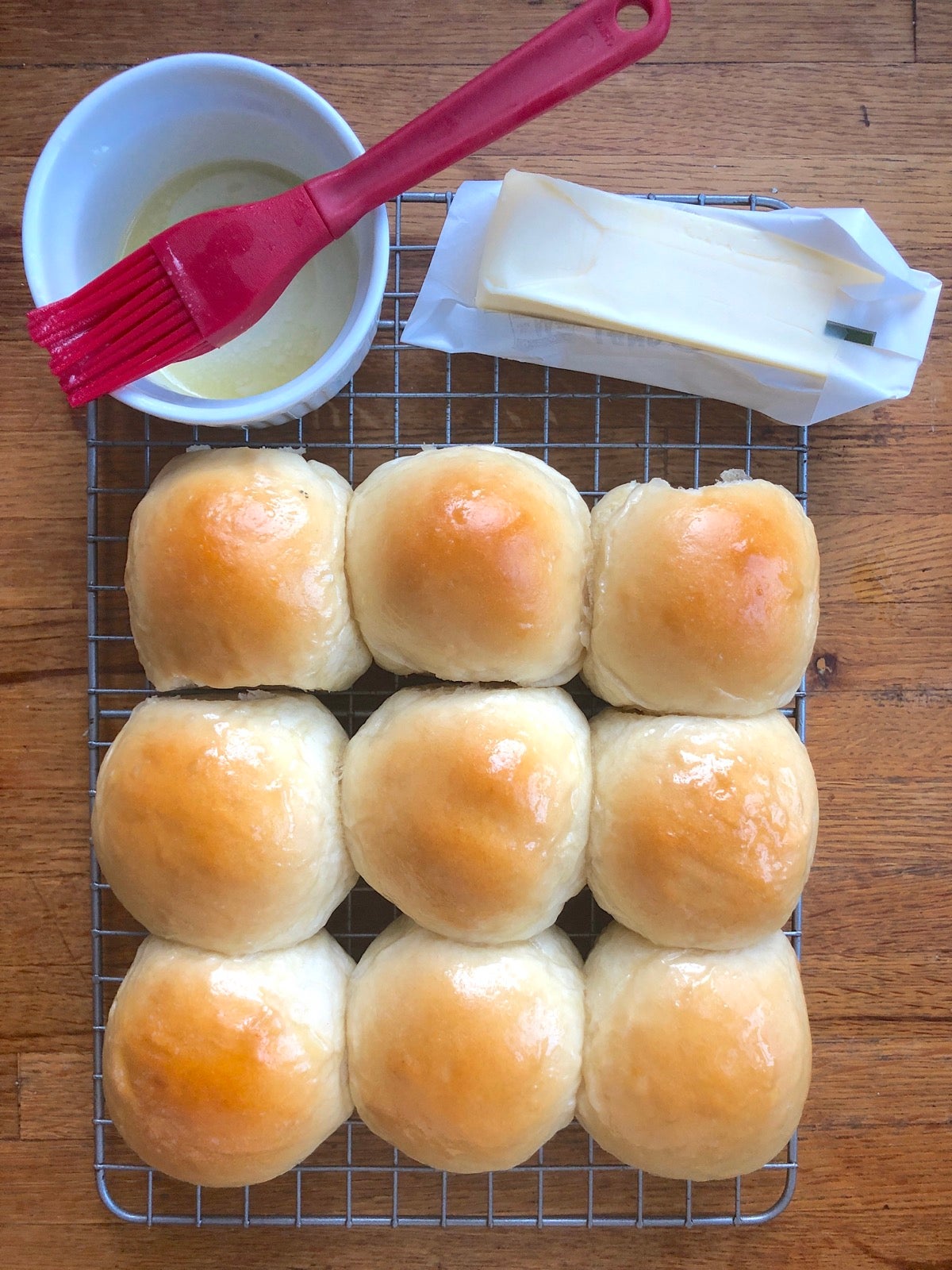
Following the recipe as written, I add discard starter and correspondingly reduce the amounts of the recipe's flour and water, yielding the following:
I add the remaining ingredients in the recipe, and prepare and bake as directed.
The result?
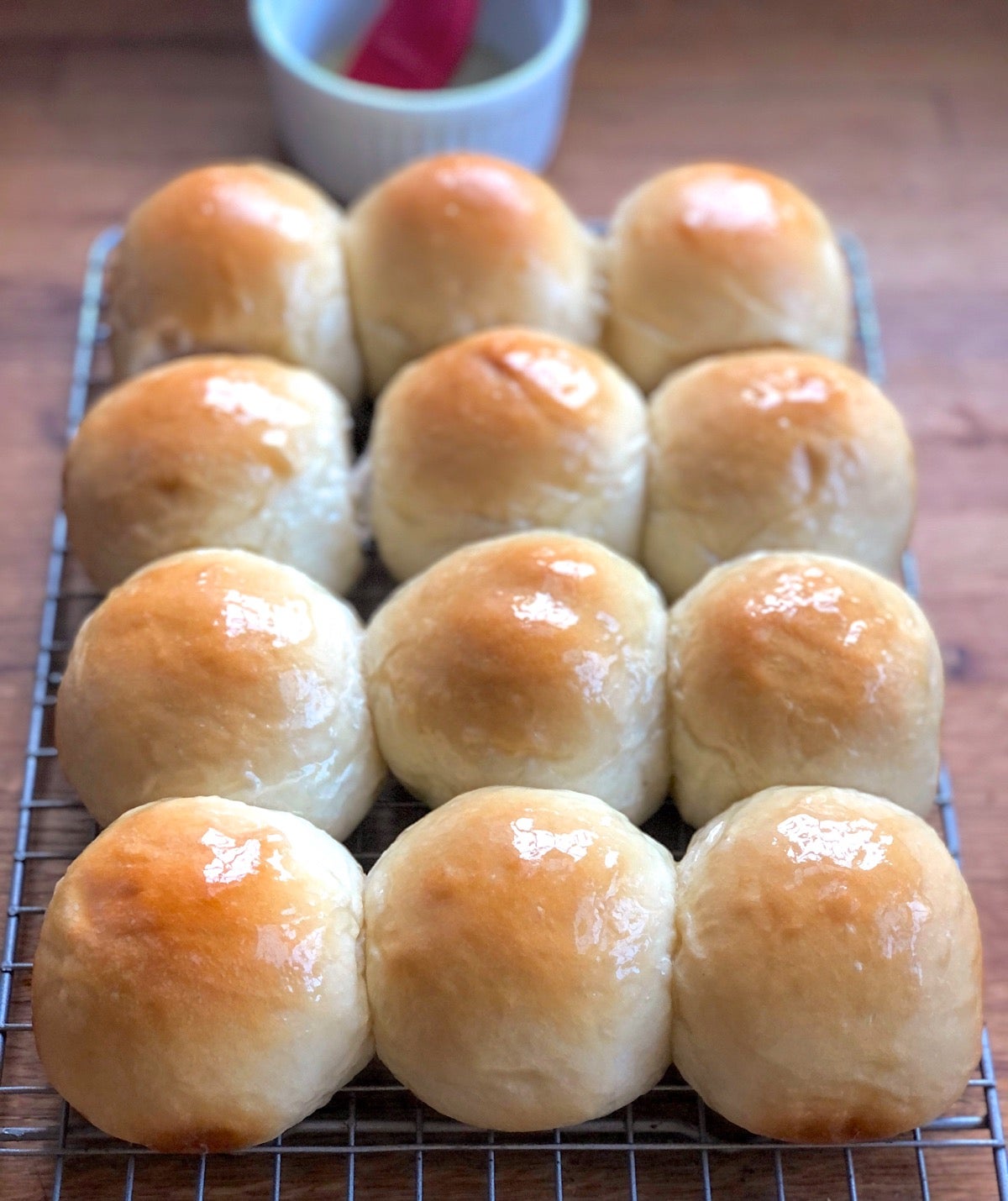
Great texture, extra flavor, and longer shelf life: the squishy white roll of your dreams!
This is the style of hard roll you might find on a German breakfast buffet: light interior texture with a thin, chewy crust, perfect for hearty smoked meats and cheeses. But it’s also ideal for mopping up turkey gravy or nudging mashed potatoes onto your fork!
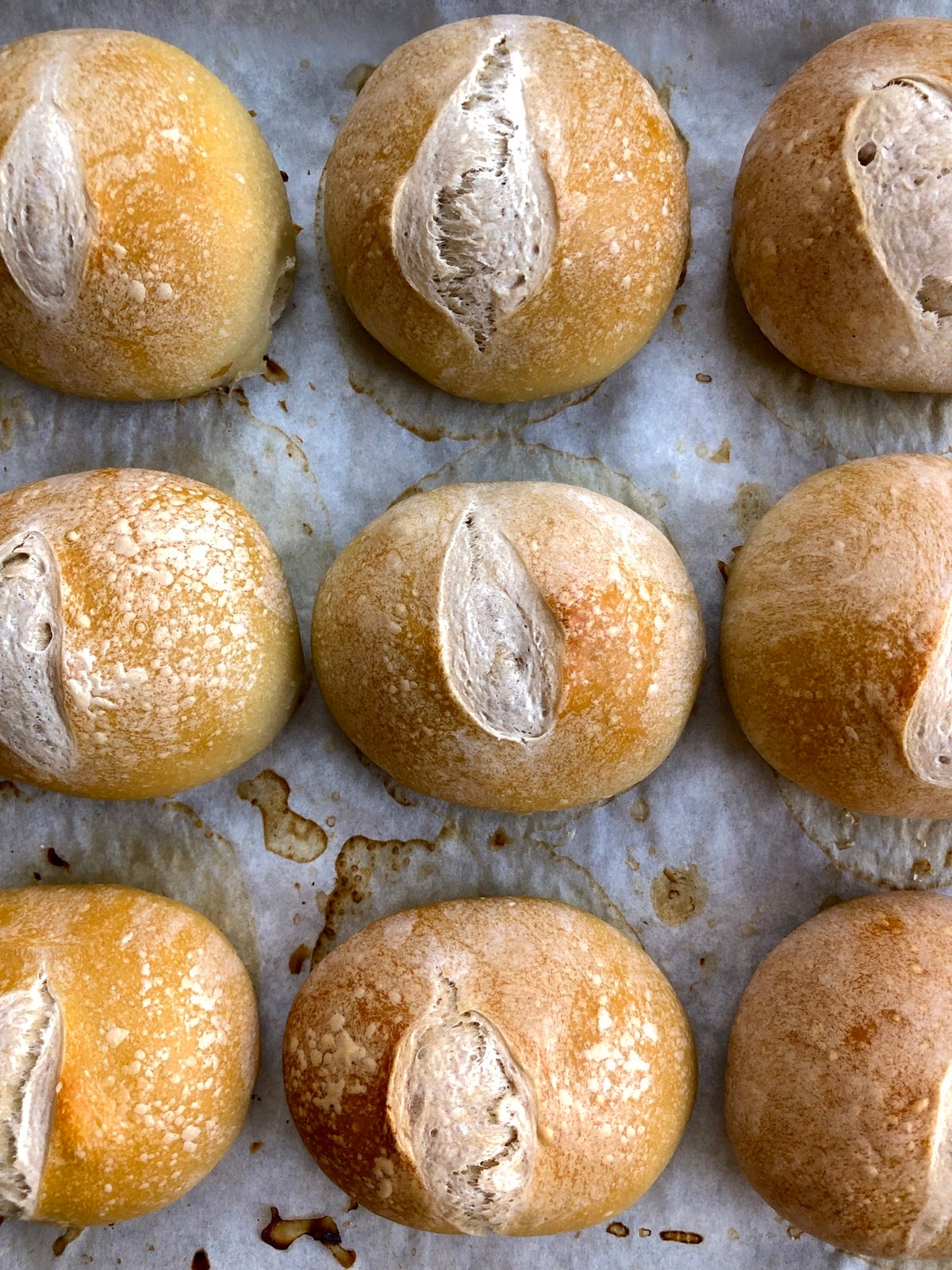
The original recipe calls for you to make an overnight starter, then make the dough the next day, let it rise for 3 hours, shape the rolls, let them rise at room temperature for 2 hours, then refrigerate them for another 2 to 3 hours before baking.
But I’m going to simplify things.
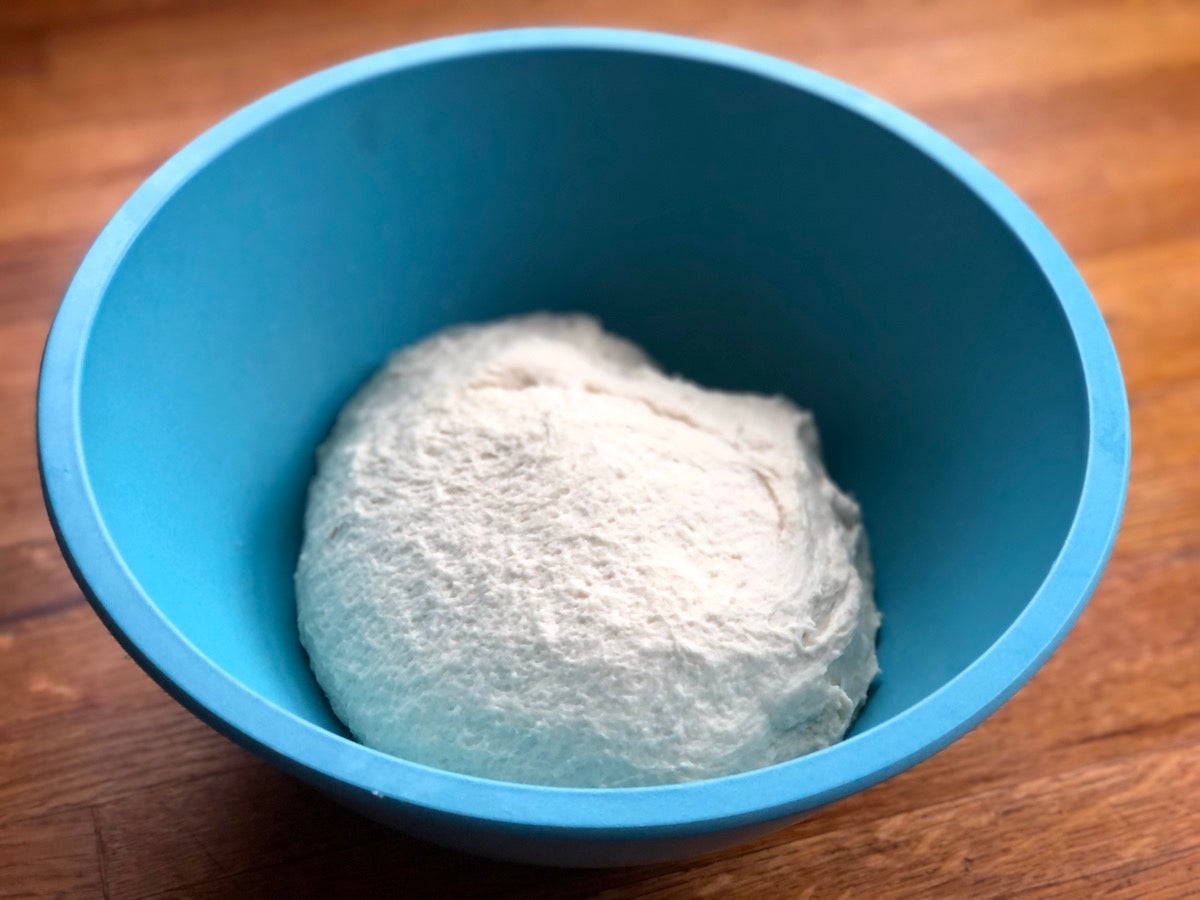
First, I substitute an equal amount of discard starter for the overnight starter called for:
I mix the discard with the remaining dough ingredients, knead everything into a smooth dough, and let it rest for 1 to 2 hours at room temperature before refrigerating overnight.
"So is it 1 hour, or 2?" Unless it's blazing hot in your kitchen, it honestly doesn't matter. Remember — keep it casual!
Next day, I shape the chilled dough into a dozen rolls, let them warm for 3 to 4 hours at room temperature (until they've risen noticeably), then bake as the recipe directs.
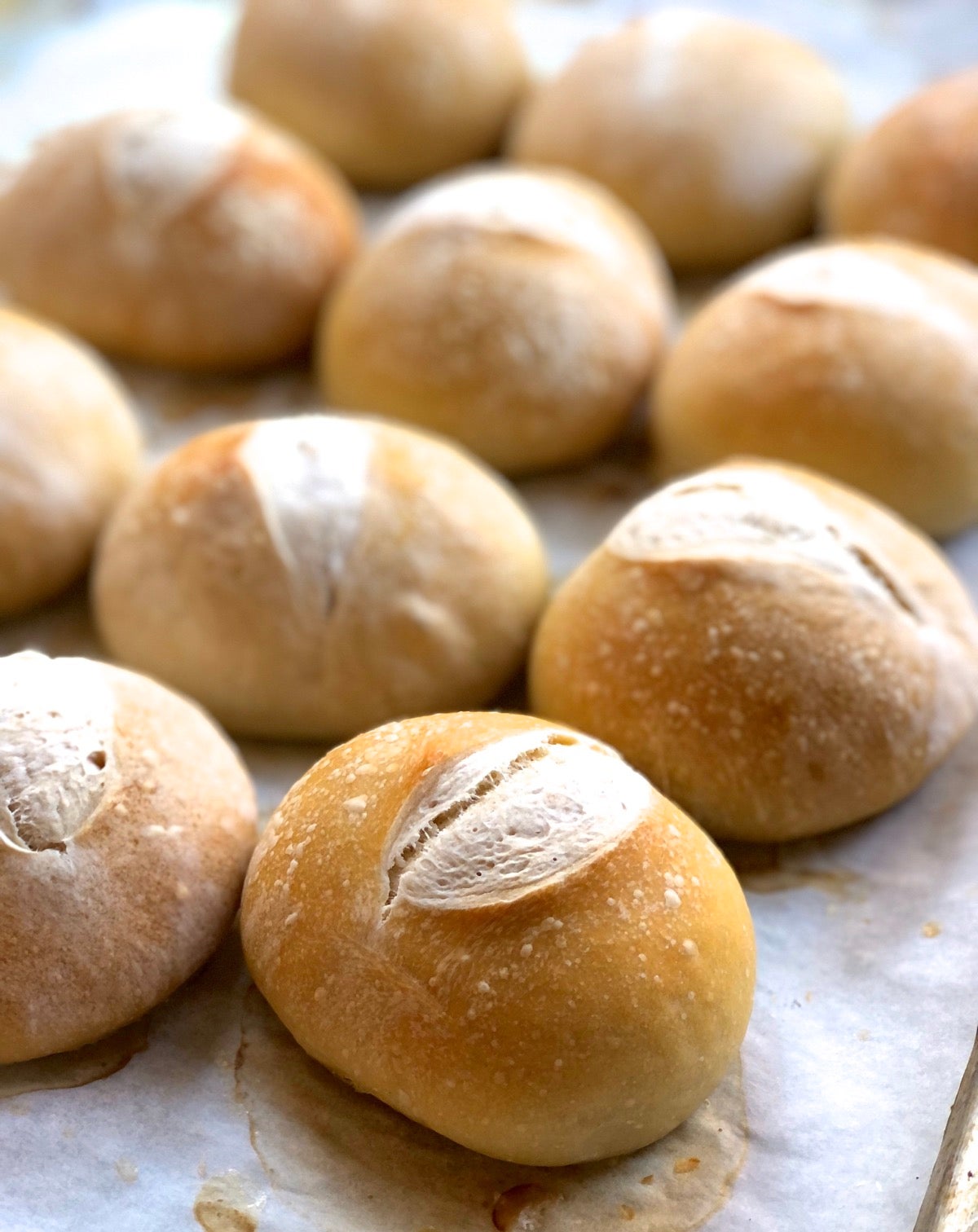
Easy, right?
Lightly sweetened with honey, these multigrain rolls include potato flour for increased moistness and rolled oats for toothsome texture. They’re an attractive addition to any breadbasket. With the assertive flavors here (oats, whole wheat, honey), the tang of sourdough is another pleasing note in this layered symphony.
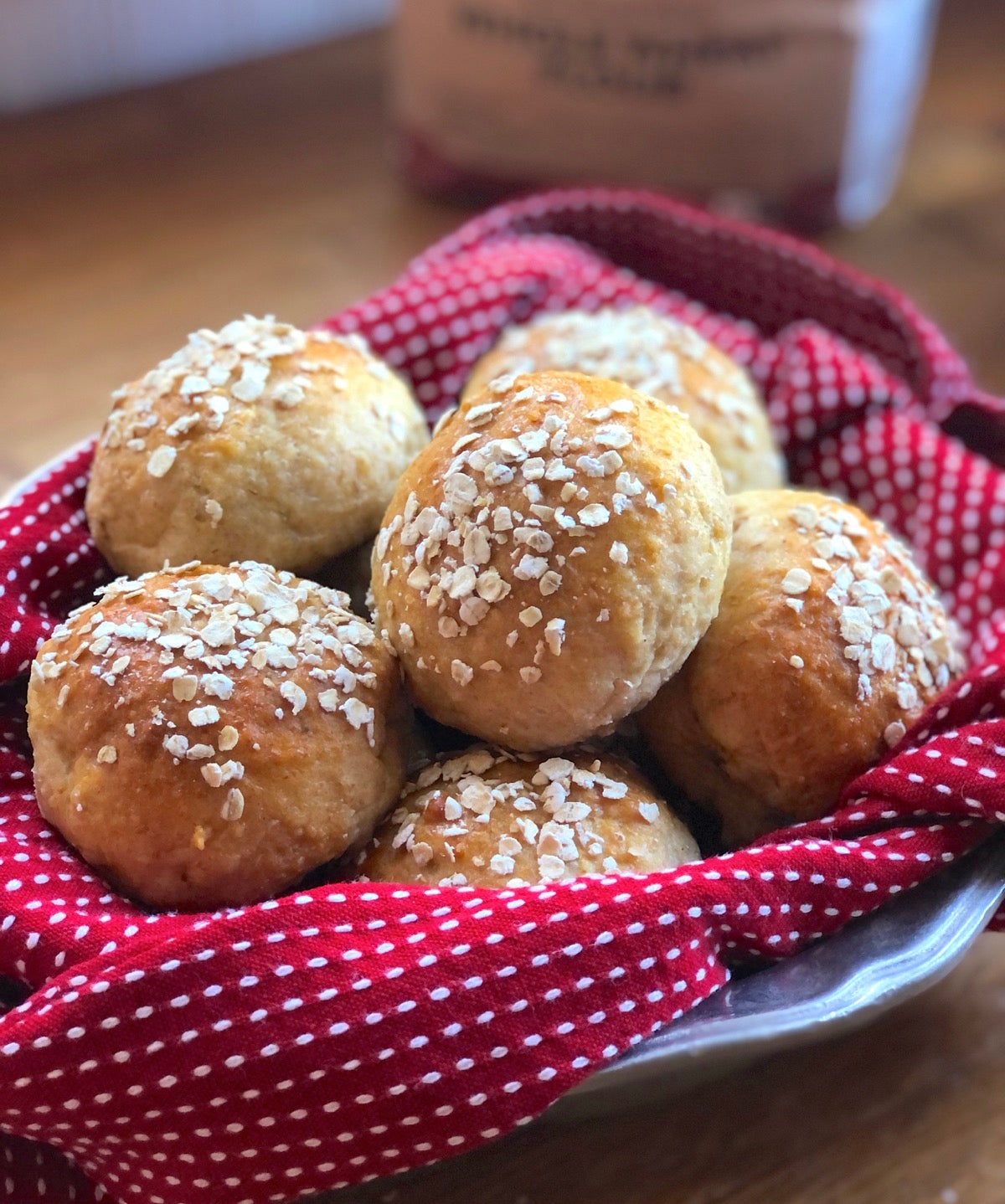
Following the recipe as written, add discard starter and correspondingly reduce the amounts of the recipe's flours and water, yielding the following:
I add the remaining ingredients in the recipe, and prepare and bake as directed.
The result?
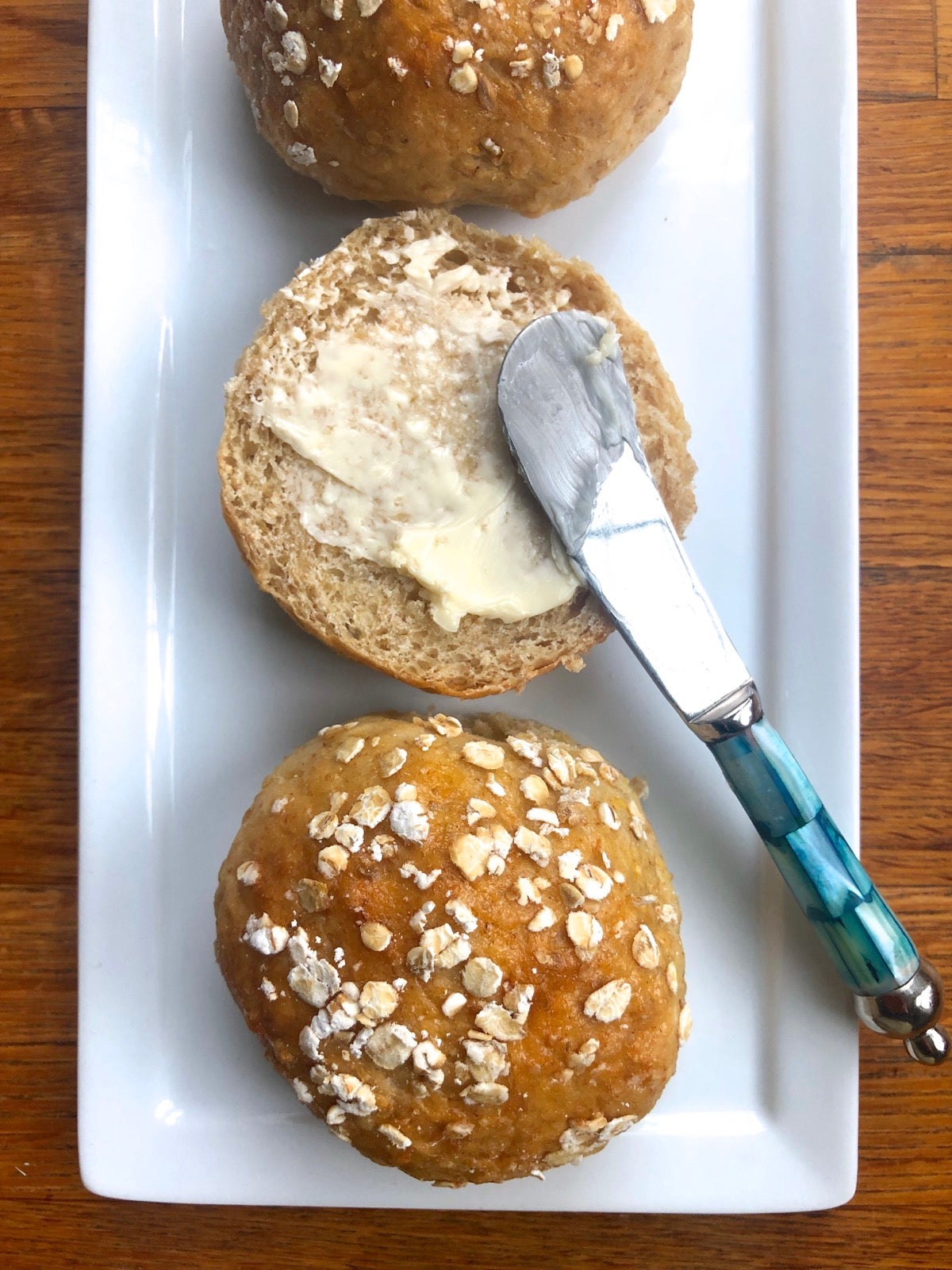
Moist, flavorful rolls perfect for both Thanksgiving dinner and next-day sandwiches.
If your head is swimming with the measurements and arithmetic above, take a deep breath and relax. Remember: all you're doing is substituting the flour and water that's in your discard starter for an equal amount (by weight) of the flour and water in your roll recipe.
And you're doing this because? You want to add a touch of tangy flavor to your rolls, you want them to stay fresh and soft longer ... and you're making a statement to family and friends, both present and absent: I care for my starter and I care for you.
What do you plan on baking for Thanksgiving this year? Please share in the comments, below; I think we all love visiting one another's kitchens vicariously!